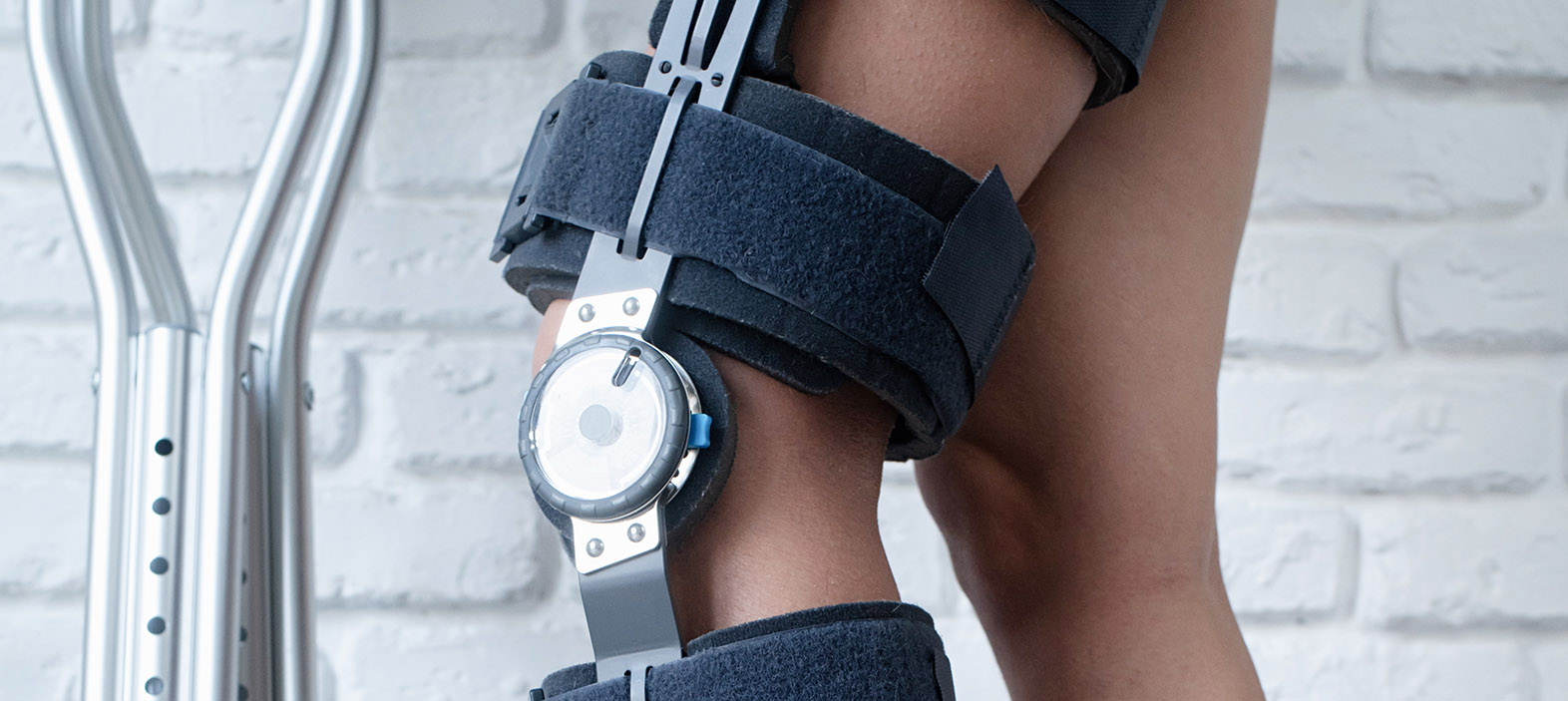
Use of Carbon-Fiber Implants in Orthopedic Surgery
👁 Reads: 199
Carbon Fiber implants have been increasingly used in various applications within orthopedic surgery due to their unique material properties. Carbon fiber orthopedic parts and implants are revolutionizing the way surgeons approach bone repair and joint replacements. These implants have been employed in several subspecialties, including spinal surgery, trauma surgery, and arthroplasty, demonstrating promising outcomes and advantages over traditional metallic implants. In this blog post, we will explore the use of carbon fiber implants in orthopedic surgery, highlighting the advantages and challenges of using carbon fiber products in medical applications.
Application of Carbon Fiber Implants in Orthopedic Surgery
Spinal Surgery
Carbon fiber orthopedic implants have been used in spinal surgical procedures such as posterior lumbar interbody fusion and anterior cervical discectomy and fusion, showing low rates of complications and favourable outcomes. They have also been employed in cages used for spinal column reconstruction in patients undergoing thoracolumbar corpectomies, with promising long-term results regarding cage durability and radiographic monitoring of fusion.
Trauma Surgery
Carbon fiber plates have been used in orthopedic trauma surgery for various applications, including intramedullary nailing, proximal humerus or distal radius plating, and dynamic compression plating. These plates have demonstrated similar performance to their metallic counterparts in four-point bending, torsional, and bending fatigue tests, and have shown reduced particle generation in wear testing. Clinically, they have demonstrated promising outcomes, such as satisfactory post-operative functional scores and excellent radiographic results.
Arthroplasty
Carbon fiber orthopedic implants have been used in arthroplasty applications, with favourable early results. They offer advantages such as reduced wear, high strength-to-weight ratio, and biocompatibility, making them suitable for use in joint reconstructive procedures.
Orthopedic Oncology
Carbon fiber orthopedic parts have been applied in orthopedic oncology for various applications, including pathologic fracture fixation and reconstruction. Their radiolucency facilitates post-operative imaging for tumour surveillance or recurrence, monitoring of bony healing and union, and radiation mapping and delivery. Additionally, their biocompatibility and ability to withstand fatigue strain make them suitable for use in these applications.
Advantages of Carbon-Fiber Orthopedic Implants
Exceptional Strength and Durability - Carbon fiber orthopedic parts offer an unmatched strength-to-weight ratio. This means that they can provide the necessary support and stability without adding significant weight. This is crucial for patients, as lighter implants reduce stress on surrounding tissues and bones, promoting faster recovery. Also, carbon fiber products are highly durable and resistant to wear and tear. This longevity is particularly beneficial for orthopedic implants, as it means fewer revisions and replacements over a patient’s lifetime.
Biocompatibility- Carbon fiber is biocompatible, meaning it is less likely to cause adverse reactions when implanted in the human body. This reduces the risk of rejection and complications, ensuring a smoother recovery process for patients. Carbon fiber orthopedic implants can be designed to promote better integration with the bone. This integration helps in faster healing and more effective load distribution, which is essential for joint replacements and fracture repairs.
Radiolucency - One of the unique advantages of carbon fiber orthopedic implants is their radiolucency. Unlike traditional metal implants, carbon fiber does not interfere with X-rays, CT scans, or MRIs. This allows for clearer imaging, helping doctors monitor the healing process more accurately and detect any potential issues early on. Improved imaging capabilities facilitate better post-surgical monitoring and follow-up care, leading to better outcomes for patients.
Minimized Stress Shielding - Carbon fiber orthopedic implants can be designed to share the load with the bone, reducing the phenomenon known as stress shielding. Stress shielding occurs when an implant takes on too much of the load, causing the surrounding bone to weaken over time. Carbon fiber’s ability to distribute the load more evenly helps maintain bone density and strength.
Customizability- Carbon fiber products can be custom-designed to fit the specific needs of each patient. This is particularly beneficial in orthopedic surgery, where the size, shape, and orientation of implants can significantly impact the success of the procedure. Technologies such as 3D printing enable the creation of highly customized carbon fiber orthopedic parts, ensuring a perfect fit and optimal performance.
Challenges of Carbon-Fiber Orthopedic Parts
Complex Manufacturing Process - Manufacturing carbon fiber implants require specialized equipment and expertise. This complexity can lead to longer production times and higher costs. Ensuring consistent quality and performance of carbon fiber implants can be challenging. Strict quality control measures are necessary to guarantee the safety and effectiveness of these products.
Potential for Fracture - While carbon fiber is incredibly strong, it can be brittle under certain conditions. This brittleness means that carbon fiber orthopedic implants have a risk of fracturing, particularly if subjected to unexpected high-impact forces. Careful design and engineering are required to minimize the risk of fracture and ensure that the implants can withstand the mechanical demands placed on them.
Cost - The production of carbon fiber orthopedic implants can be expensive due to the advanced materials and technologies required. This high cost can make these implants less accessible to some patients and healthcare providers. While the long-term benefits of reduced revisions and better outcomes may offset the initial costs, the upfront investment remains a significant barrier.
Conclusion
Carbon fiber has the potential to revolutionize orthopedic surgery with its unique properties, including high strength-to-weight ratio, biocompatibility, radiolucency, and customizability. While there are challenges to overcome, such as high costs and the need for more long-term data, the benefits of carbon fiber orthopedic implants make them a compelling option for improving patient care. As the technology evolves and becomes more widely adopted, carbon fiber products are set to play a significant role in the future of orthopedic surgery, offering new possibilities for patient treatment and recovery. By continuing to explore and address the challenges associated with carbon fiber implants, the medical community can look forward to more effective and innovative solutions for bone and joint health.





